Birth flowers are a unique and meaningful way to celebrate each month of the year. Much like birthstones, each month has its own flower, and each flower carries its own symbolism and history. These birth flowers are deeply rooted in tradition and often reflect the personality traits and characteristics associated with people born during that month. For centuries, flowers have been used to convey messages, and understanding the meaning behind your birth flower can add a personal touch to special occasions and gifts.
From the vibrant daffodils of March to the elegant roses of June, birth flowers offer insight into the natural world’s beauty and the ways different cultures have used floral symbolism. Whether you’re looking to discover more about your own birth month or seeking the perfect flower for a loved one, learning about these 24 species will deepen your appreciation of their timeless significance.
January Birth Flower: Carnation & Snowdrop
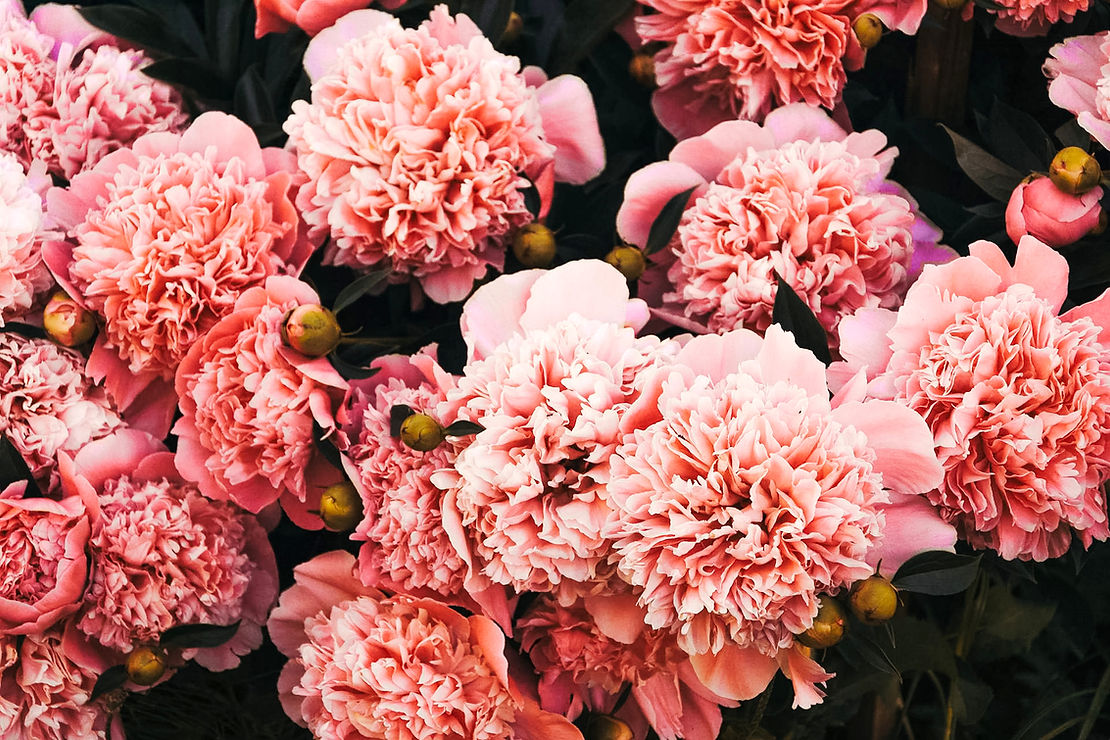
The January birth flower, the carnation, is known for its vibrant colors and long-lasting blooms. Carnations symbolize love, fascination, and distinction, making them a popular choice for celebrations in the cold winter months. With their ruffled petals and rich history in floral traditions, carnations come in a variety of hues, each carrying its own unique meaning. For instance, pink carnations represent gratitude, while red carnations symbolize admiration and deep love, making them ideal for gifting to someone born in January.
The second January birth flower is the delicate snowdrop, which symbolizes hope and new beginnings. Blooming in the coldest months of the year, snowdrops break through the frost and bring a sign of life and renewal. Their white petals and simple elegance have long been associated with purity and the promise of spring. For those born in January, snowdrops are a perfect representation of resilience and optimism, reflecting the strength to thrive even in the harshest conditions.
February Birth Flower: Violet & Primrose
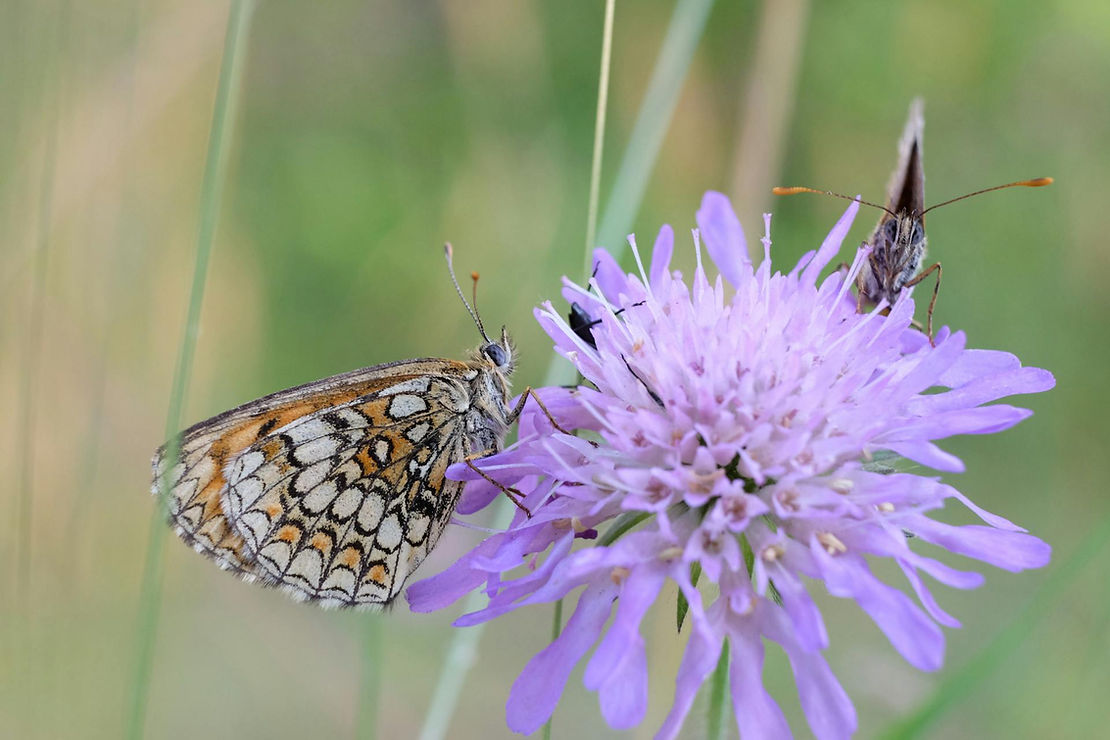
The February birth flower, the violet, is a symbol of humility, faithfulness, and wisdom. Known for its deep purple hues, violets have been cherished for their beauty and sweet fragrance. In ancient times, violets were often used in love potions and symbolized the start of spring, making them a fitting flower for those born in this transitional month. The delicate appearance of violets, combined with their rich color, represents the quiet strength and loyalty that February babies are often said to possess.
Alongside the violet, the primrose is the second February birth flower, symbolizing youth and love. The primrose, with its vibrant colors ranging from white and yellow to pink, blooms early in the year, offering a reminder of the coming warmth and renewal of spring. In the language of flowers, primroses convey the message “I can’t live without you,” making them a romantic gesture for someone special born in February. The primrose’s resilience through the cold weather also makes it a symbol of strength and new beginnings.
March Birth Flower: Daffodil & Jonquil
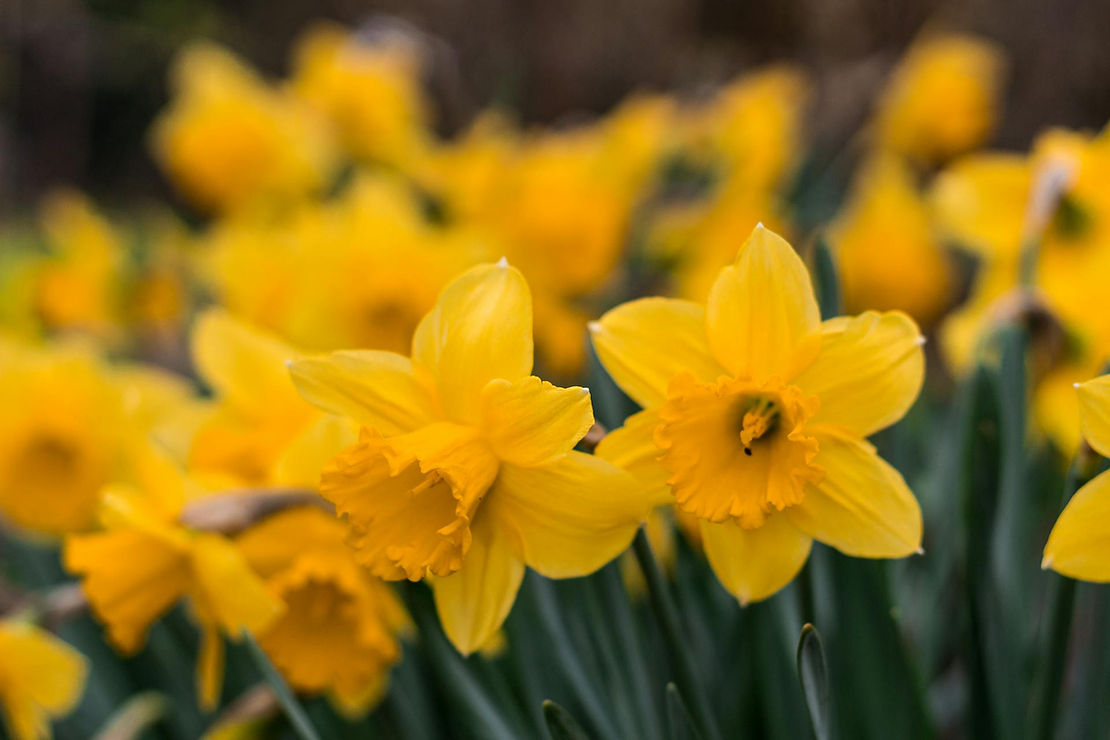
The March birth flower, the daffodil, is a bright and cheerful symbol of rebirth and new beginnings. As one of the first flowers to bloom in spring, daffodils are often associated with renewal, hope, and fresh starts. Their vibrant yellow petals capture the warmth and joy that spring brings after a long winter, making them a perfect representation for those born in March. The daffodil’s symbolism of positivity and optimism mirrors the nature of March babies, who are often seen as hopeful and resilient.
The second March birth flower, the jonquil, shares a similar appearance with the daffodil but carries its own unique meanings. Jonquils are known to symbolize desire, affection, and sympathy. Their smaller size and rich fragrance add to their charm, making them a thoughtful flower for expressing admiration and love. Jonquils also serve as a reminder of the beauty found in simplicity, which aligns well with the reflective and caring nature attributed to individuals born in March.
April Birth Flower: Daisy & Sweet Pea
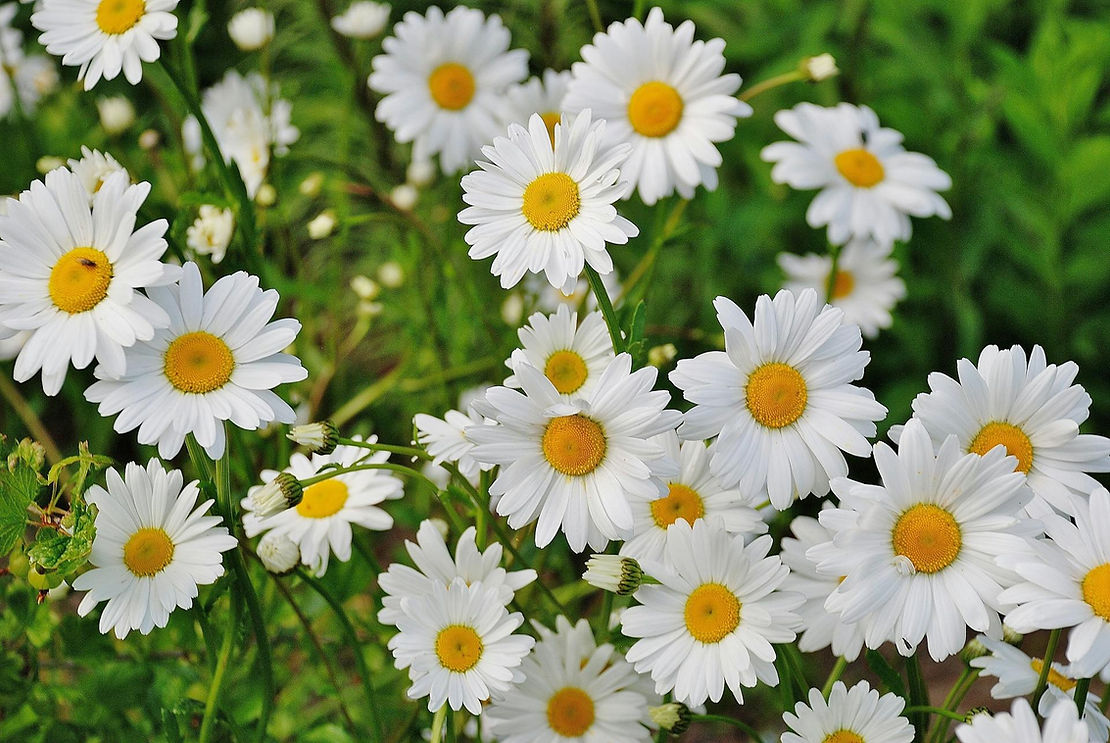
The April birth flower, the daisy, represents purity, innocence, and new beginnings. Daisies are known for their simple yet beautiful structure, with bright white petals surrounding a cheerful yellow center. These flowers often symbolize childhood, playfulness, and a sense of renewal, aligning perfectly with the fresh, springtime feel of April. People born in April are said to share the daisy’s attributes of sincerity and joy, making this flower a fitting representation of their character.
The second April birth flower is the sweet pea, which is often associated with delicate pleasure and goodbyes. With its soft, fragrant blooms in pastel shades, the sweet pea brings a gentle elegance to any garden or bouquet. It symbolizes gratitude and appreciation, often given as a token of thanks or fond farewells. For those born in April, the sweet pea conveys the sweetness and grace that are often seen in their personality, making it a lovely tribute to the month.
May Birth Flower: Lily of the Valley & Hawthorn
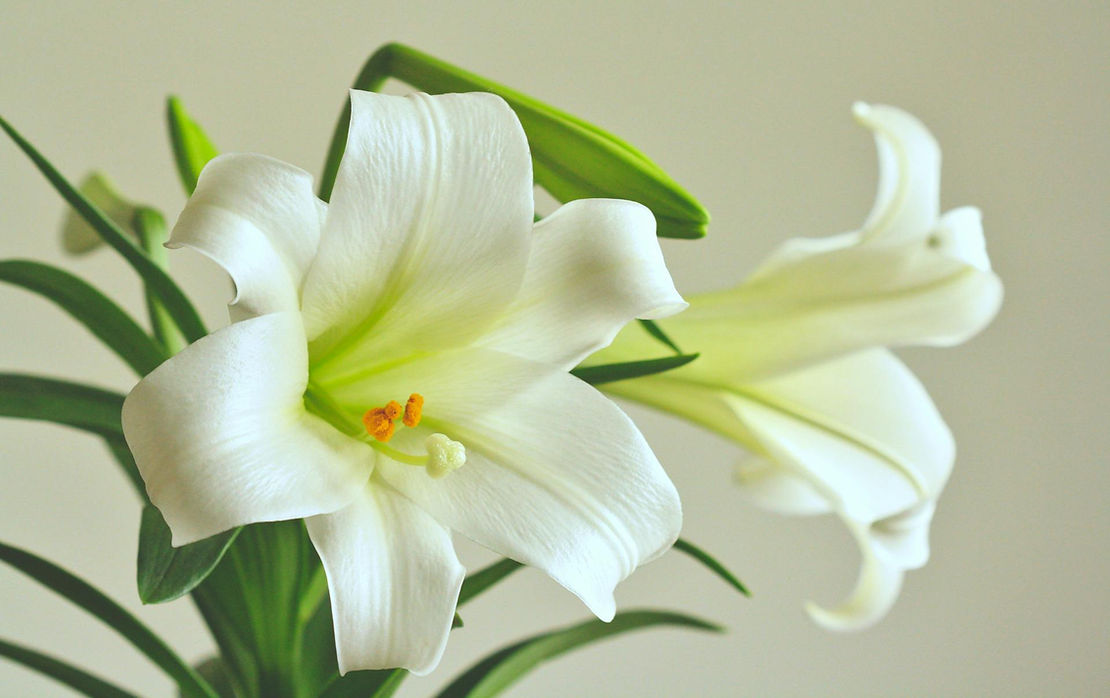
The May birth flower, the lily of the valley, is cherished for its delicate bell-shaped blossoms and sweet fragrance. Symbolizing humility, sweetness, and a return to happiness, this flower is often associated with springtime celebrations and renewal. Its elegant white blooms make it a symbol of purity and sincerity, perfectly aligning with the characteristics attributed to those born in May. The lily of the valley’s message of happiness and joy complements the bright, cheerful nature of May babies.
The second May birth flower is the hawthorn, a lesser-known but equally significant bloom. The hawthorn plant is traditionally associated with hope, protection, and love, and its white or pink flowers are a beautiful addition to any landscape. In folklore, the hawthorn was often linked to marriage and fertility, making it a symbol of life’s enduring cycles. Those born in May are said to share the hawthorn’s connection to strength, resilience, and the ability to nurture relationships, making it a fitting emblem of their personality.
June Birth Flower: Rose & Honeysuckle
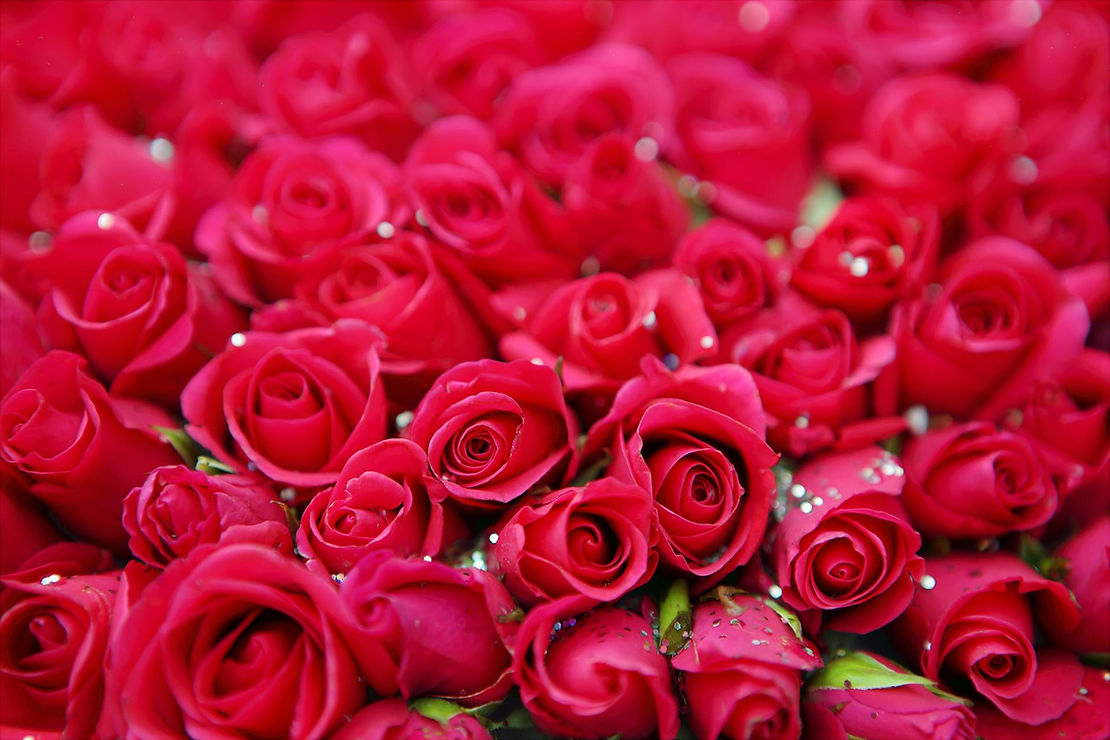
The June birth flower, the rose, is perhaps one of the most iconic flowers, symbolizing love, beauty, and passion. Roses come in a variety of colors, each with its own special meaning—red for deep love, yellow for friendship, and white for purity. For centuries, roses have been associated with heartfelt emotions, making them a timeless symbol for those born in June. Their elegance and romantic significance align with the caring and expressive nature of June-born individuals.
The second June birth flower is the honeysuckle, which symbolizes devoted love and the bonds of affection. Known for its sweet fragrance and vivid, trumpet-shaped blooms, the honeysuckle is a plant that naturally attracts attention. Its symbolism of loyalty and enduring bonds makes it a meaningful flower for those born in June, who are often seen as nurturing and faithful. Honeysuckle’s climbing nature reflects the strength of connections that grow and flourish over time, making it a fitting representation of love and commitment.
July Birth Flower: Larkspur & Water Lily
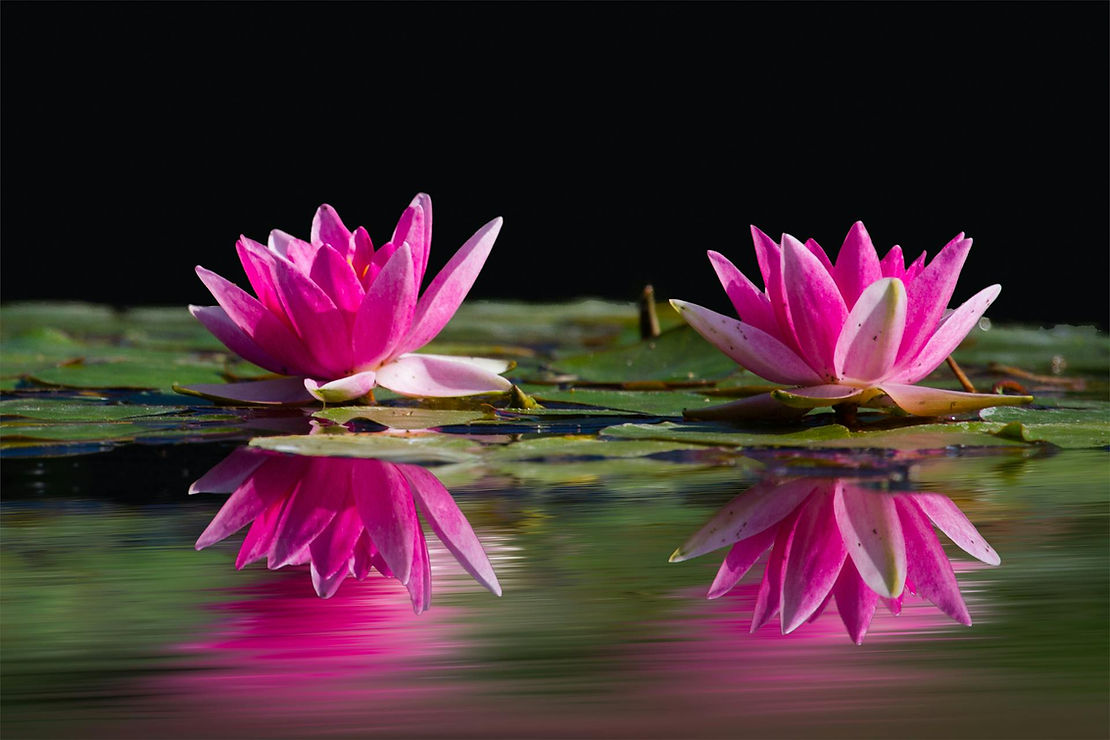
The July birth flower, the larkspur, is known for its tall, colorful spikes of blooms, symbolizing strong bonds of love and positivity. Larkspurs come in various shades, with each color carrying its own meaning—pink for fickleness, white for joy, and purple for a sweet disposition. As a birth flower, larkspurs embody the open-heartedness and exuberance often attributed to those born in July. Their vibrant and abundant petals reflect the warmth and generosity of the summer month.
The second July birth flower is the water lily, which stands for purity, enlightenment, and rebirth. Growing gracefully on the surface of calm waters, water lilies bloom into stunning flowers that symbolize peace and serenity. For individuals born in July, the water lily represents a calm and reflective nature, as well as a connection to deeper emotions. Its ability to bloom beautifully from murky waters speaks to inner strength and the potential for growth even in challenging environments.
August Birth Flower: Gladiolus & Poppy
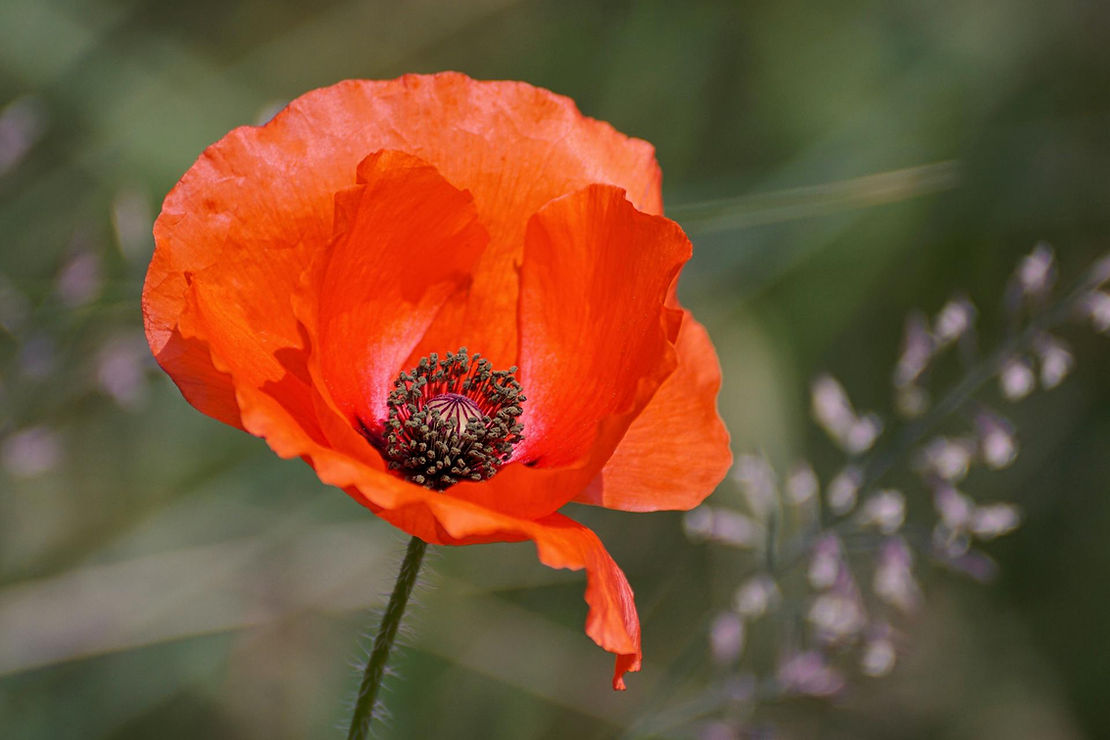
The August birth flower, the gladiolus, symbolizes strength, integrity, and sincerity. With its tall, striking spikes of vibrant flowers, the gladiolus represents moral character and resilience. Known for its sword-like leaves, the name “gladiolus” comes from the Latin word for sword, emphasizing its association with strength. For those born in August, the gladiolus reflects their natural leadership and strong sense of purpose, making it a powerful representation of their character.
The second August birth flower is the poppy, which holds a variety of meanings depending on its color. Red poppies symbolize remembrance and consolation, while white poppies represent peace and restful sleep. Poppies are often associated with imagination, luxury, and dreams, making them a meaningful flower for individuals born in August. The poppy’s vibrant, delicate petals capture both the creative spirit and the depth of emotion often seen in those born during this summer month.
September Birth Flower: Aster & Morning Glory
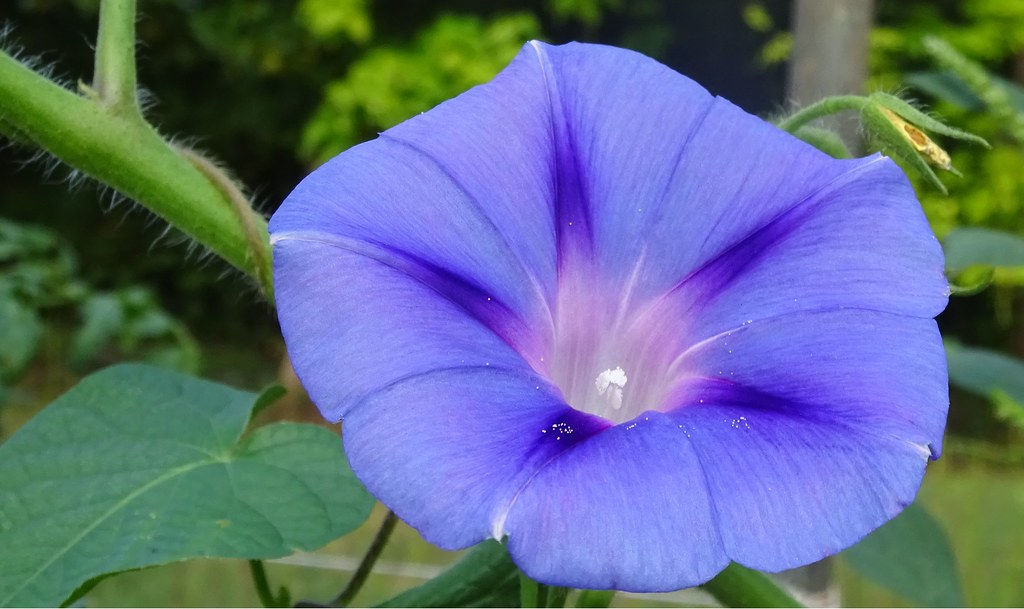
The September birth flower, the aster, is known for its star-like blooms and symbolizes love, wisdom, and faith. Historically, asters were believed to carry mystical powers, bringing protection and warding off evil. Their vibrant colors, which range from purple to pink and white, make them a popular choice for fall gardens. For those born in September, asters represent elegance, patience, and a deep connection to wisdom, aligning well with the reflective nature of early autumn.
The second September birth flower is the morning glory, which represents affection and renewal. Morning glories are unique in that they bloom in the morning and fade by the afternoon, symbolizing the fleeting nature of life but also its daily renewal. These delicate, trumpet-shaped flowers come in various colors, each carrying its own meaning. For September-born individuals, the morning glory’s message of opening up to new possibilities each day resonates with their forward-thinking and affectionate personality.
October Birth Flower: Marigold & Cosmos
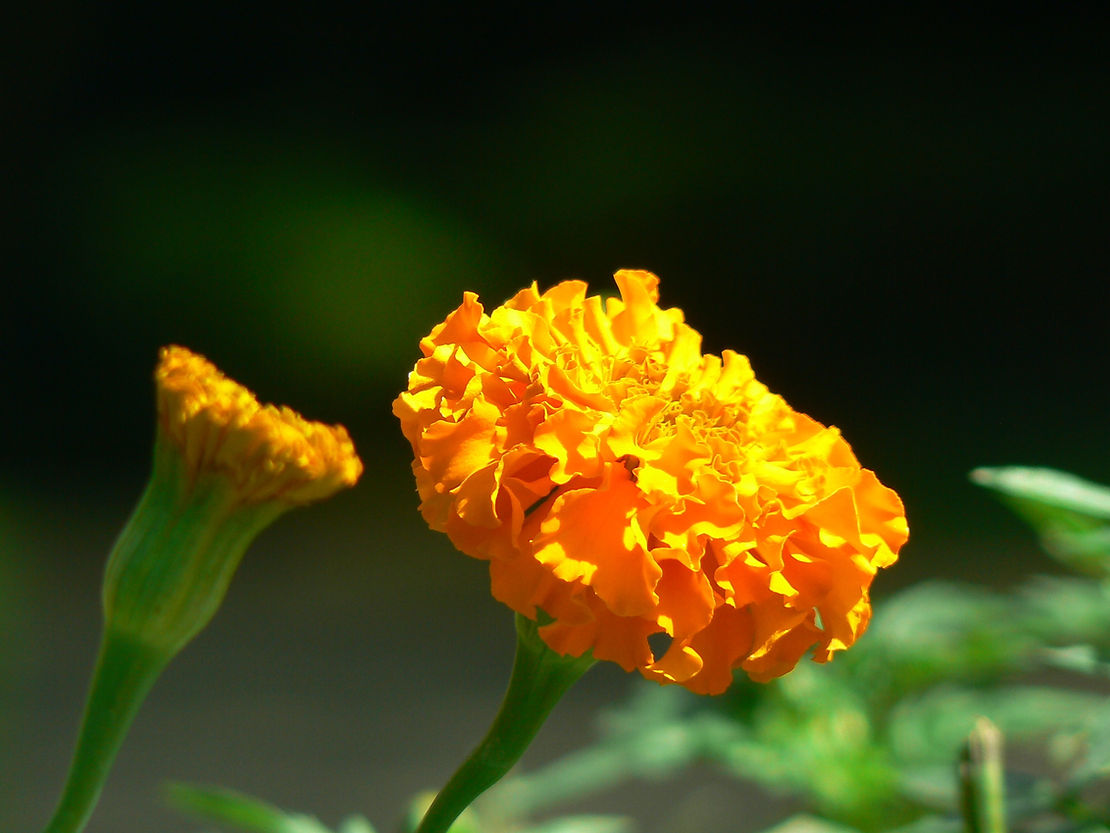
The October birth flower, the marigold, is known for its bright, fiery colors and symbolizes passion, creativity, and warmth. Marigolds are often associated with the sun, and their vibrant orange and yellow hues make them a striking addition to autumn landscapes. In various cultures, marigolds are used in celebrations and rituals, representing the circle of life. For those born in October, marigolds reflect their energetic and passionate nature, symbolizing creativity and a strong will.
The second October birth flower is the cosmos, which symbolizes order, harmony, and tranquility. These delicate flowers, with their soft, daisy-like petals, are often seen as a representation of balance in life. Cosmos bloom in a variety of colors, from pink to white, and are known for their calming presence in gardens. For individuals born in October, the cosmos reflects their peaceful, harmonious disposition and their desire for balance and clarity in life.
November Birth Flower: Chrysanthemum & Peony
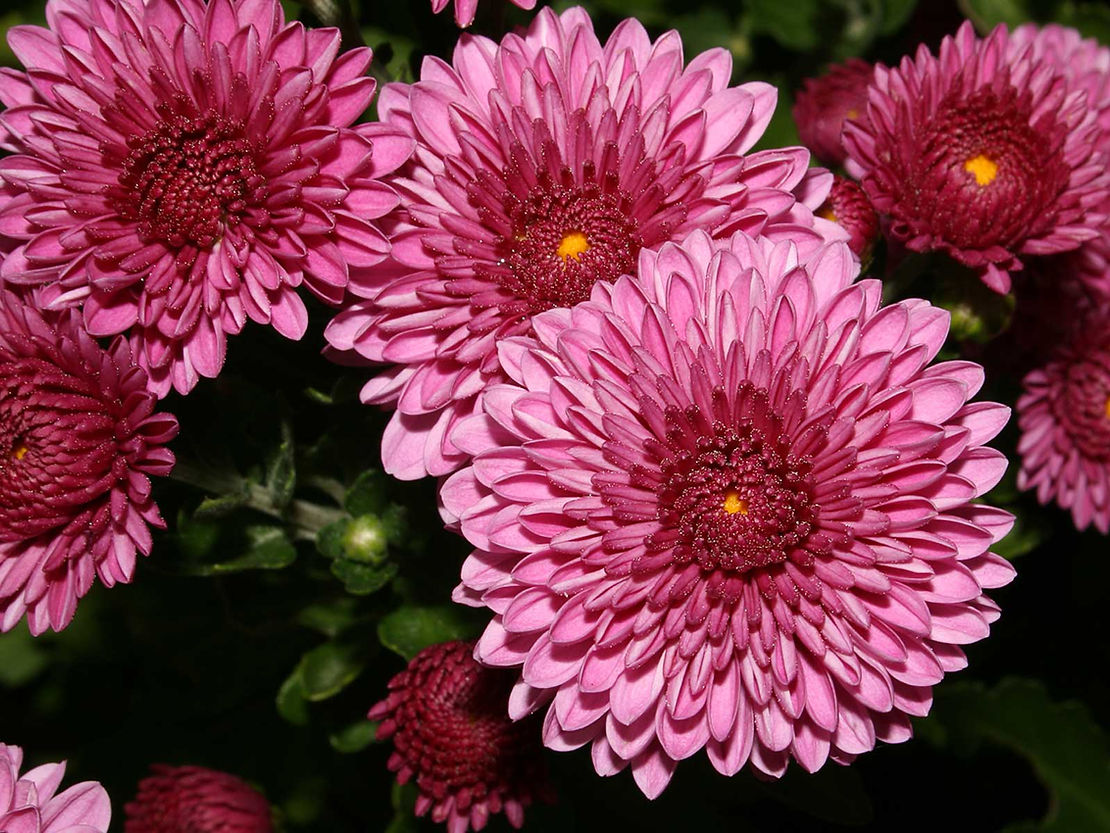
The November birth flower, the chrysanthemum, is rich in symbolism, representing loyalty, love, and longevity. With its wide array of colors and full blooms, chrysanthemums are often associated with happiness and well-being in many cultures. In particular, they are a symbol of optimism and joy, especially in the face of life’s challenges. For those born in November, the chrysanthemum mirrors their strong sense of loyalty and enduring spirit, making it a fitting emblem for this autumn month.
The second November birth flower is the peony, which traditionally symbolizes prosperity, honor, and romance. Known for its large, lush blooms, the peony is a flower that has long been admired for its beauty and elegance. In some cultures, peonies are considered omens of good fortune and happiness in marriage. For November-born individuals, the peony reflects a deep sense of honor and a loving nature, making it a meaningful representation of their personality.
December Birth Flower: Narcissus & Holly
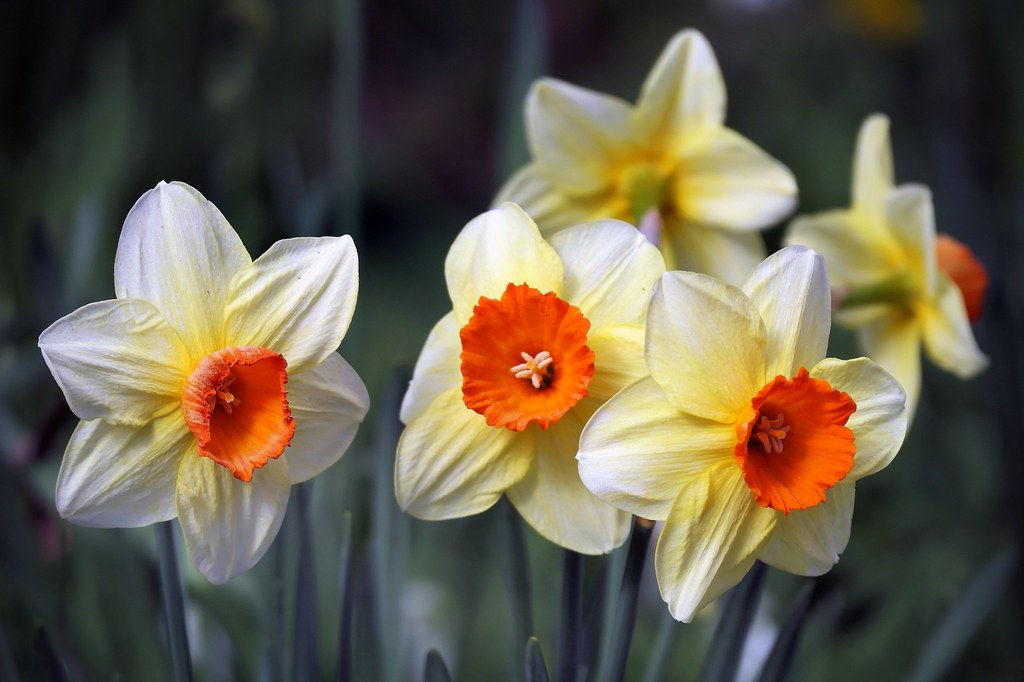
The December birth flower, the narcissus, symbolizes hope, wealth, and self-esteem. Narcissus flowers, particularly the daffodil variety, are known for their bright and uplifting appearance, making them a symbol of renewal and the promise of future prosperity. For those born in December, the narcissus reflects a positive outlook and the ability to inspire others with hope and encouragement, even during the coldest months of the year.
The second December birth flower is holly, which is often associated with protection, joy, and peace. Known for its sharp, evergreen leaves and bright red berries, holly is a classic symbol of winter festivities and resilience. In many traditions, holly is believed to bring good fortune and ward off evil spirits. For December-born individuals, holly represents their strength, resilience, and enduring joy, making it a fitting tribute for the winter season.
Birth Flowers and Their Meanings Across Cultures
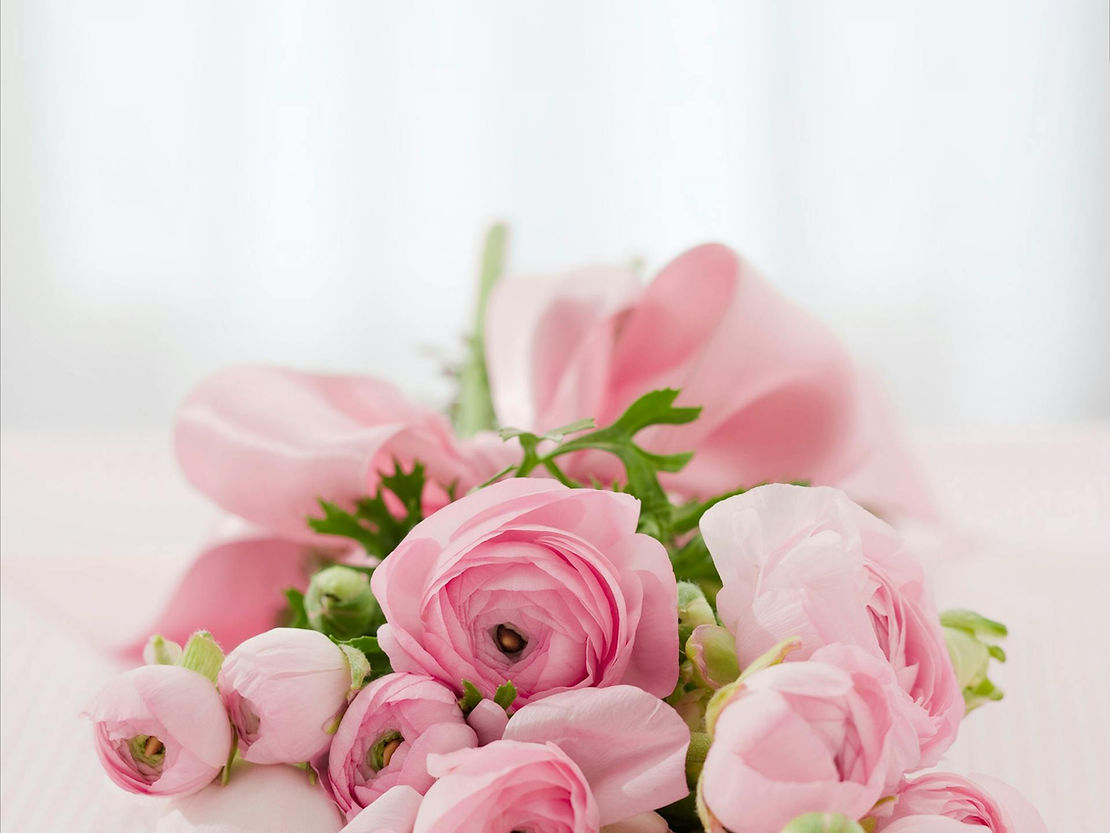
The tradition of birth flowers spans across many cultures, each attributing different meanings and significance to these blooms. In Western cultures, flowers like the January birth flower carnation symbolize love and admiration, while the June birth flower rose is universally associated with romance. These symbolic meanings have been passed down for centuries, often used in celebrations and ceremonies to honor the qualities of individuals born in each month.
In Eastern traditions, flowers such as the February birth flower violet and the August birth flower gladiolus hold spiritual significance. For example, in Chinese culture, flowers like the chrysanthemum, which is the November birth flower, symbolize longevity and vitality, reflecting the deep respect for the changing seasons. Across cultures, birth flowers not only represent personal characteristics but also embody broader cultural values, making them a meaningful way to connect with both nature and tradition.
How to Incorporate Birth Flowers into Your Home

Incorporating birth flowers into your home can be a beautiful and meaningful way to connect with nature and celebrate each month of the year. One way to do this is by decorating your living space with fresh bouquets or potted plants of your birth flower. For example, displaying vases of March birth flowers like daffodils or jonquils can add a bright, cheerful touch to your home while also celebrating the traits associated with this spring month, such as renewal and optimism.
Another option is to use birth flowers in more permanent décor elements, such as artwork or textiles. Hanging prints of your June birth flower, like roses or honeysuckle, can give your space a personal, elegant touch. Floral-themed cushions, curtains, or even floral-patterned wallpaper that features your birth flowers can bring a subtle yet significant connection to the beauty and symbolism they represent, making your home feel more inviting and meaningful.
Choosing the Right Birth Flower for Gifting
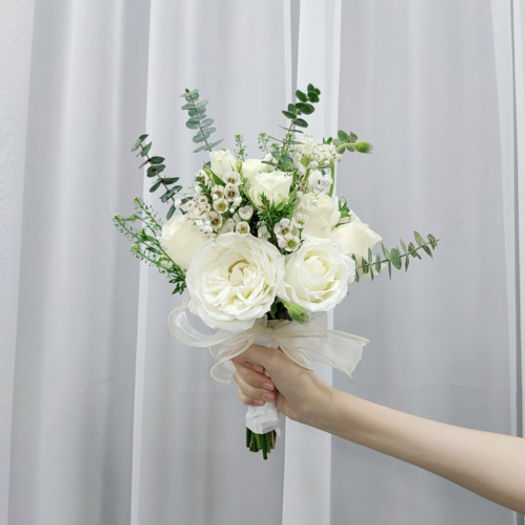
When it comes to selecting the perfect gift, choosing birth flowers adds a thoughtful and personal touch. For birthdays, gifting someone their birth flower can convey more than just beauty—it reflects their personality traits and the deeper symbolism tied to their birth month. For example, a bouquet of February birth flowers like violets and primroses can symbolize loyalty and young love, making them an ideal choice for someone born in this winter month.
Beyond birthdays, birth flowers can be used to mark other important occasions, such as anniversaries or milestones. If you’re looking to express admiration or strength, the August birth flower gladiolus could be a meaningful choice, while the December birth flower holly can be perfect for celebrating the festive season. Whether used in floral arrangements, potted plants, or even jewelry, birth flowers provide a personal and symbolic connection, making your gift truly special.
Conclusion: The Timeless Beauty of Birth Flowers
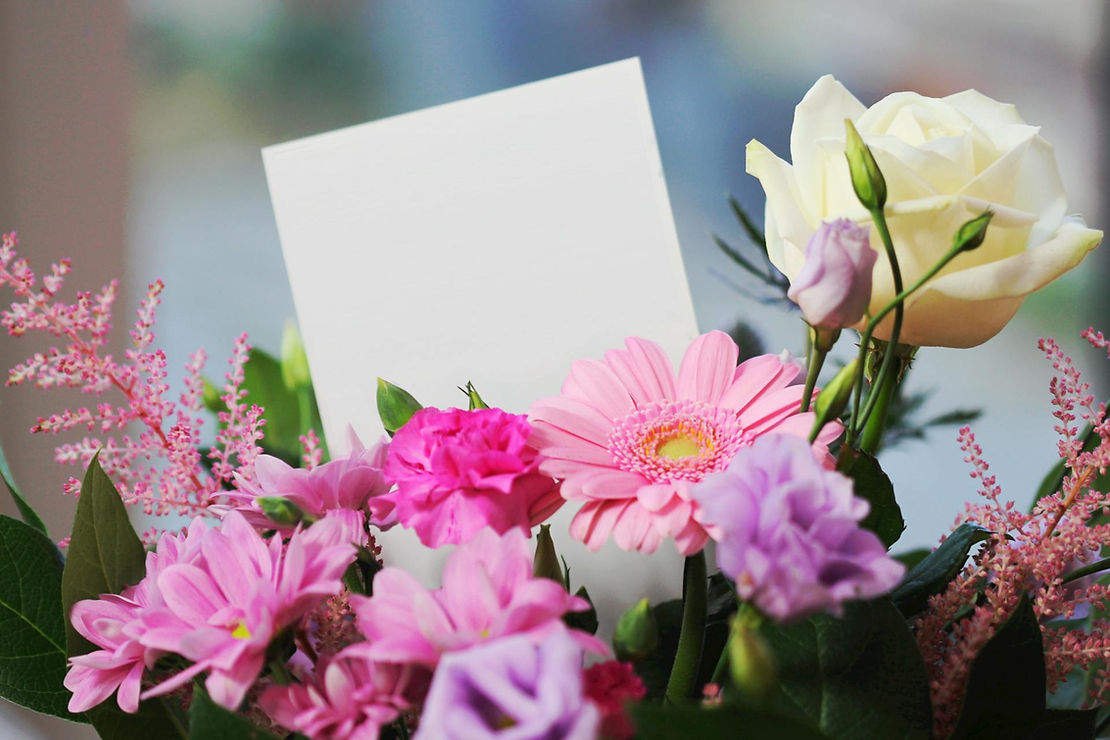
Birth flowers offer a unique and enduring way to celebrate the special moments and people in our lives. Each flower, from the delicate January birth flower carnation to the vibrant October birth flower marigold, carries its own story and meaning, reflecting the personality traits and characteristics of those born in that month. These flowers serve as a connection between individuals and the natural world, blending tradition, symbolism, and beauty.
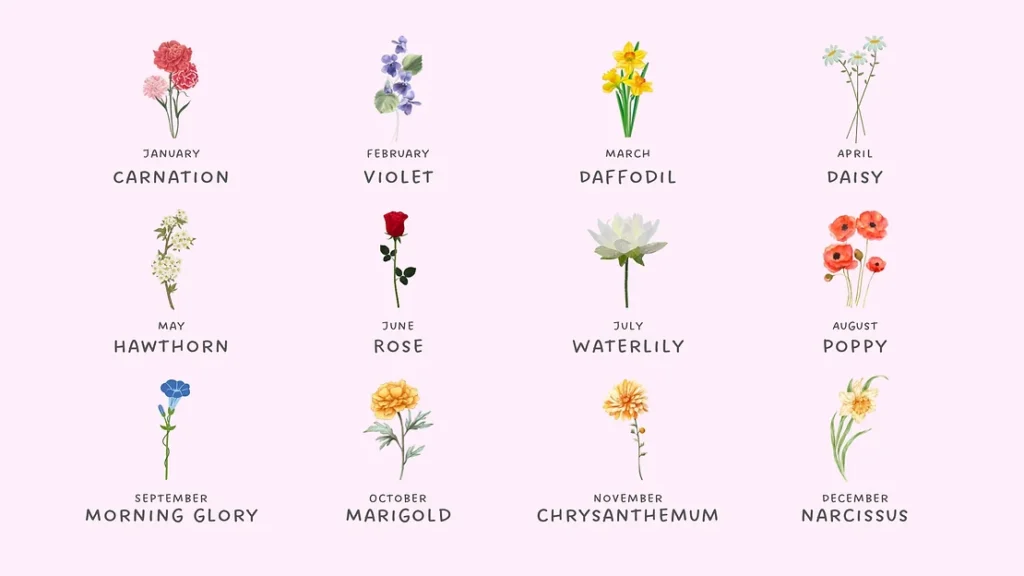
Recent Posts
15 Floor Plan Graphic Styles That Will Elevate Your Presentation Game
The Role of Shadows in Architectural Storytelling
When Furniture Becomes Architecture: Blurring the Line